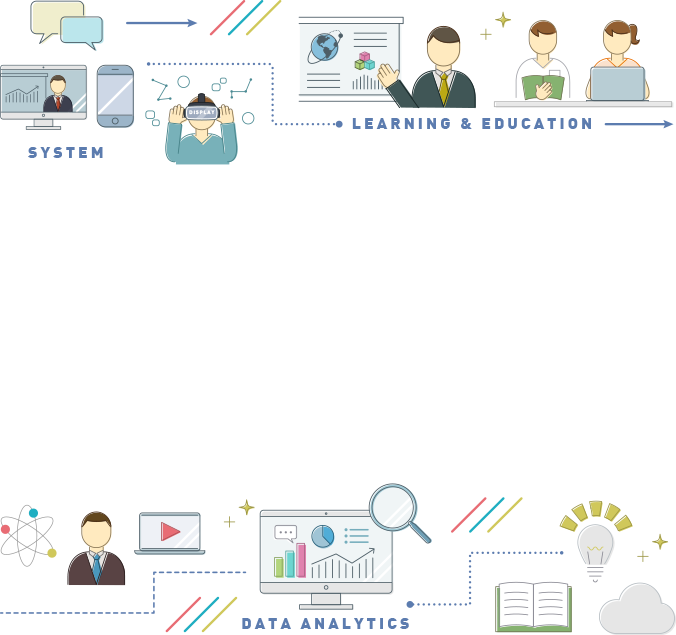Hello everyone,
I recently had the opportunity to participate for the first time in the Learning Analytics and Knowledge Conference (LAK), a highly influential event in the field of learning analytics. It was a tremendous learning experience for me.
At this conference, I attended two workshops and the main sessions. In the workshops, I learned how current learning analytics methods are being practically applied in educational settings. I noticed a particular interest in the combination of VR (Virtual Reality) and learning analytics among many participants. One of the presentations highlighted a case from South Africa, where, due to the challenges in raising education standards to ideal levels, the use of VR has become essential. VR is being leveraged to provide high-quality education to children across geographical barriers and to enhance the training of local teachers. This example really underscored the potential of VR technology. Additionally, I learned about the current research on how dashboards are being utilized within VR environments. Through this workshop, I realized that much more research is needed to understand how to combine the vast amount of data collected through VR equipment—such as eye-tracking data, interaction data, and physiological signals—with learning analytics.
After the pre-conference workshops, I attended the main conference, where I encountered two particularly interesting studies. The first study analyzed the impact of different types of background music (e.g., pop music, classical music) on reading comprehension using multimodal data. In this research, the physiological signals of learners during reading comprehension—such as eye-tracking data, EEG (electroencephalogram) data, and skin conductance data—were recorded. Learners also reported their overall mood on two dimensions: valence (emotional value) and arousal (alertness). This approach aimed to explore the state of learners under different background music conditions and determine which type of music was most effective for reading comprehension.
The results suggested that different types of music could influence various dimensions of mood. For example, classical music was reported to reduce negative emotions in learners, while rhythmic music was found to increase their level of arousal. Although this short paper still has room for improvement, I found it fascinating that it emphasized the impact of mood on learning. The study went beyond the simple “pleasant or unpleasant” dimension by using more specific emotional indicators such as joy and excitement to assess the importance of reading comprehension. I’m eager to see how future research will explore which moods are most beneficial for reading comprehension and what types of music can induce these ideal moods.
The second study was presented as a poster and focused on using VR technology to support knowledge learning about cultural heritage. Participants first gathered and understood information about a specific cultural heritage site. Then, using a non-immersive VR application, they engaged in reconstructing that heritage. This process was treated as a form of self-regulated learning, with in-app behaviors defined according to various stages of self-regulation. The study analyzed how participants learned about cultural heritage through the VR app, visualizing their learning process via a dashboard.
After using the VR app, learners completed a set of questions to assess their understanding of the heritage site. While the study highlighted an innovative approach to learning about cultural heritage, quantifying such knowledge into concrete problems is challenging. True understanding involves not just knowing facts but also grasping the history and stories behind them. Therefore, a problem set alone may not fully measure this understanding. Discussing with the researchers during the poster session, I learned that using VR for cultural heritage education is becoming more common, but the methods for assessing knowledge still require further refinement. Engaging directly with the researchers provided valuable insights.
Through this experience, I came up with various ideas on how to improve the quality of education. The discussions and presentations at the conference helped me understand how technology and education can be integrated and applied to address specific educational challenges. It was a valuable opportunity that broadened my research perspective. I look forward to continued learning and exchange in such international platforms in the future.
By: Li Tang (M2 student)







